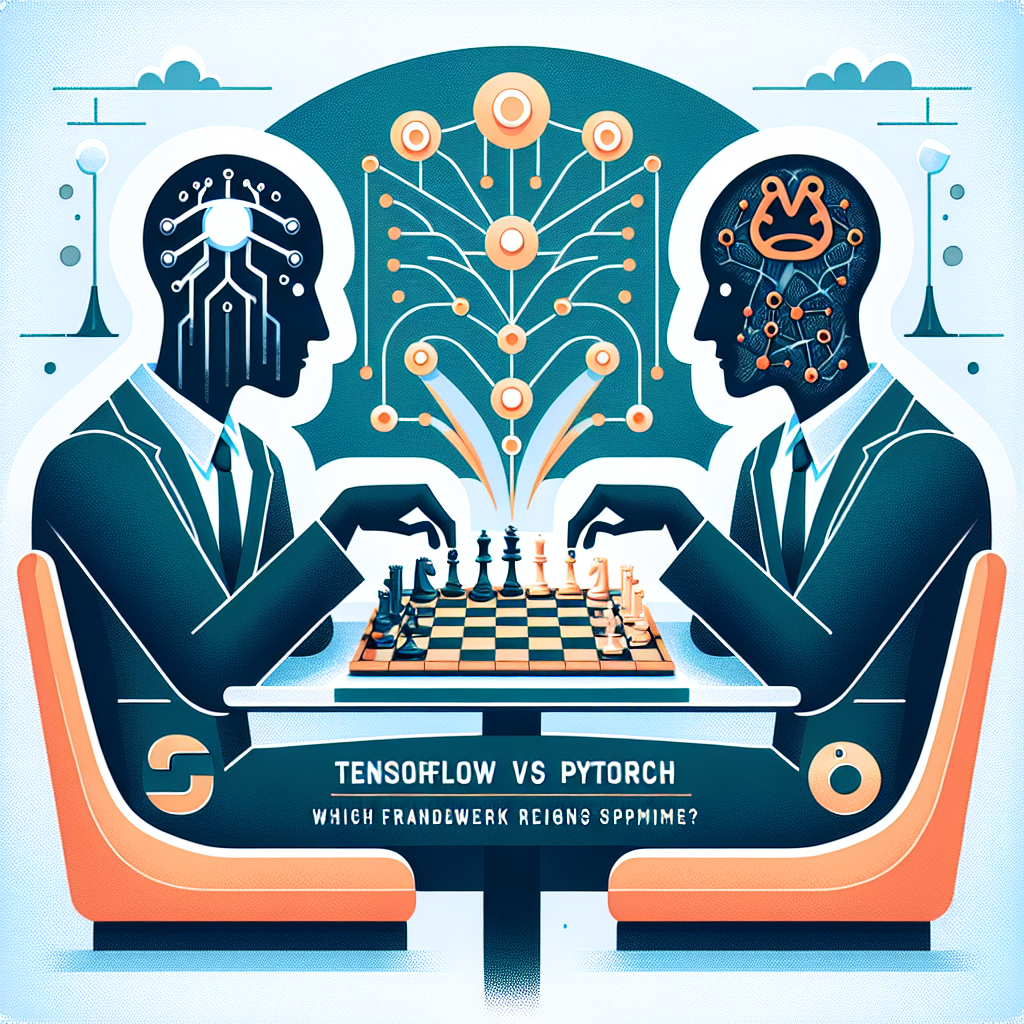TensorFlow vs PyTorch: Which Framework Reigns Supreme?
Introduction
In the rapidly evolving field of machine learning, the choice of the right framework can significantly impact the success of your projects. TensorFlow and PyTorch are two of the most popular deep learning frameworks, each with its unique features and advantages. This article will explore their differences, performance, usability, and industry adoption to help you decide which framework suits your needs.
History and Evolution
To understand the current landscape of TensorFlow and PyTorch, it’s essential to look at their histories.
- TensorFlow: Developed by Google Brain, TensorFlow was released in November 2015. It aimed to provide a flexible architecture for building machine learning models.
- PyTorch: Released by Facebook’s AI Research lab in October 2016, PyTorch was designed for greater ease of use and flexibility, particularly for research and experimentation.
Key Milestones in Their Evolution
- 2015: TensorFlow is launched, focusing on production readiness.
- 2016: PyTorch is introduced, focusing on dynamic computation graphs.
- 2017: TensorFlow introduces TensorFlow 1.x, which becomes widely adopted.
- 2018: PyTorch 1.0 is released, bringing stability and production-level features.
- 2020: TensorFlow 2.0 is launched with major improvements in usability.
- 2021: PyTorch continues to grow with enhanced community support and features.
Core Features Comparison
TensorFlow Features
- Flexibility and scalability: TensorFlow allows deployment across various platforms and devices.
- TensorFlow Serving: This feature enables the serving of machine learning models in production environments efficiently.
PyTorch Features
- Dynamic computation graph: PyTorch’s dynamic graphs allow for more flexibility during model development.
- Eager execution: This feature enables immediate execution, making it easier to debug and develop models.
Usability and Learning Curve
When it comes to usability, both frameworks have their strengths and weaknesses.
- Ease of use for beginners: PyTorch is often praised for its intuitive interface, making it accessible for newcomers.
- Community resources and documentation: TensorFlow has a robust community and a wealth of tutorials, while PyTorch’s documentation is clear and user-friendly.
Performance Analysis
Performance is a crucial factor when selecting a deep learning framework.
- Benchmarking results: Both frameworks have shown excellent performance in various tasks, but the efficiency may vary based on specific use cases.
- GPU support and optimization: TensorFlow has a strong support system for distributed computing, while PyTorch also offers extensive GPU capabilities.
Industry Adoption
TensorFlow and PyTorch have seen widespread adoption across various industries.
- Popular use cases in different sectors: TensorFlow is often used in production environments, while PyTorch is favored in research settings.
- Notable companies using TensorFlow and PyTorch: Many tech giants, including Google, Facebook, and Microsoft, leverage these frameworks for their machine learning needs.
Conclusion
In summary, both TensorFlow and PyTorch have unique advantages that cater to different user needs. TensorFlow is ideal for those looking for stability and production features, while PyTorch offers greater flexibility and ease of use for research purposes. If you’re interested in exploring more frameworks, you can check out essential machine learning frameworks that might fit your requirements.
FAQ
- What is the main difference between TensorFlow and PyTorch? TensorFlow is more focused on production and scalability, while PyTorch emphasizes ease of use and flexibility.
- Which framework is better for research? PyTorch is generally preferred for research due to its dynamic computation graph.
- Can TensorFlow and PyTorch be used together? Yes, they can be integrated within the same project depending on specific requirements.




